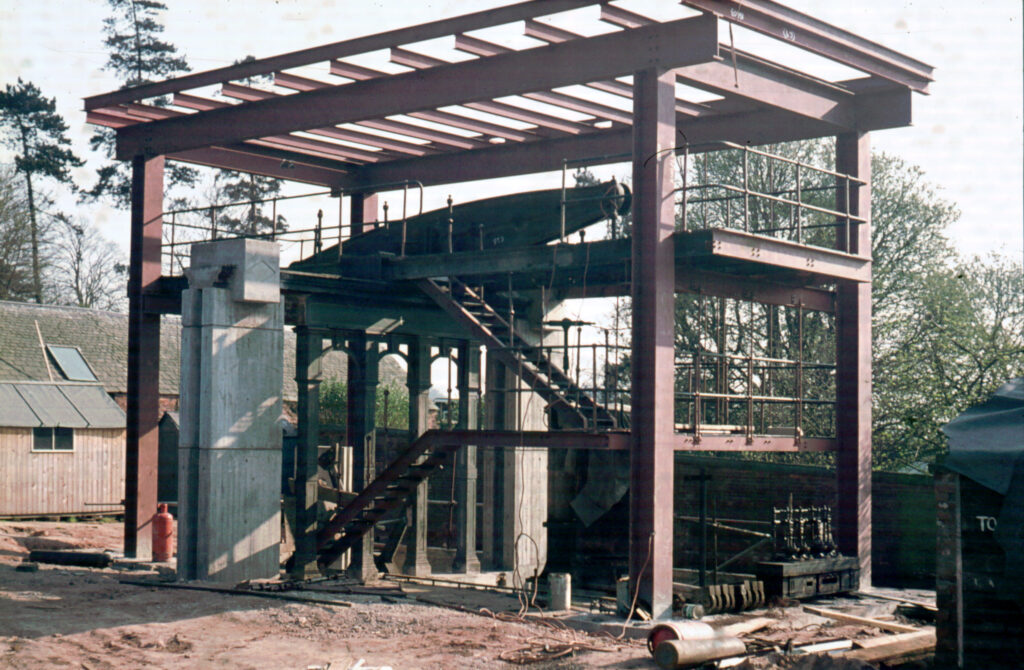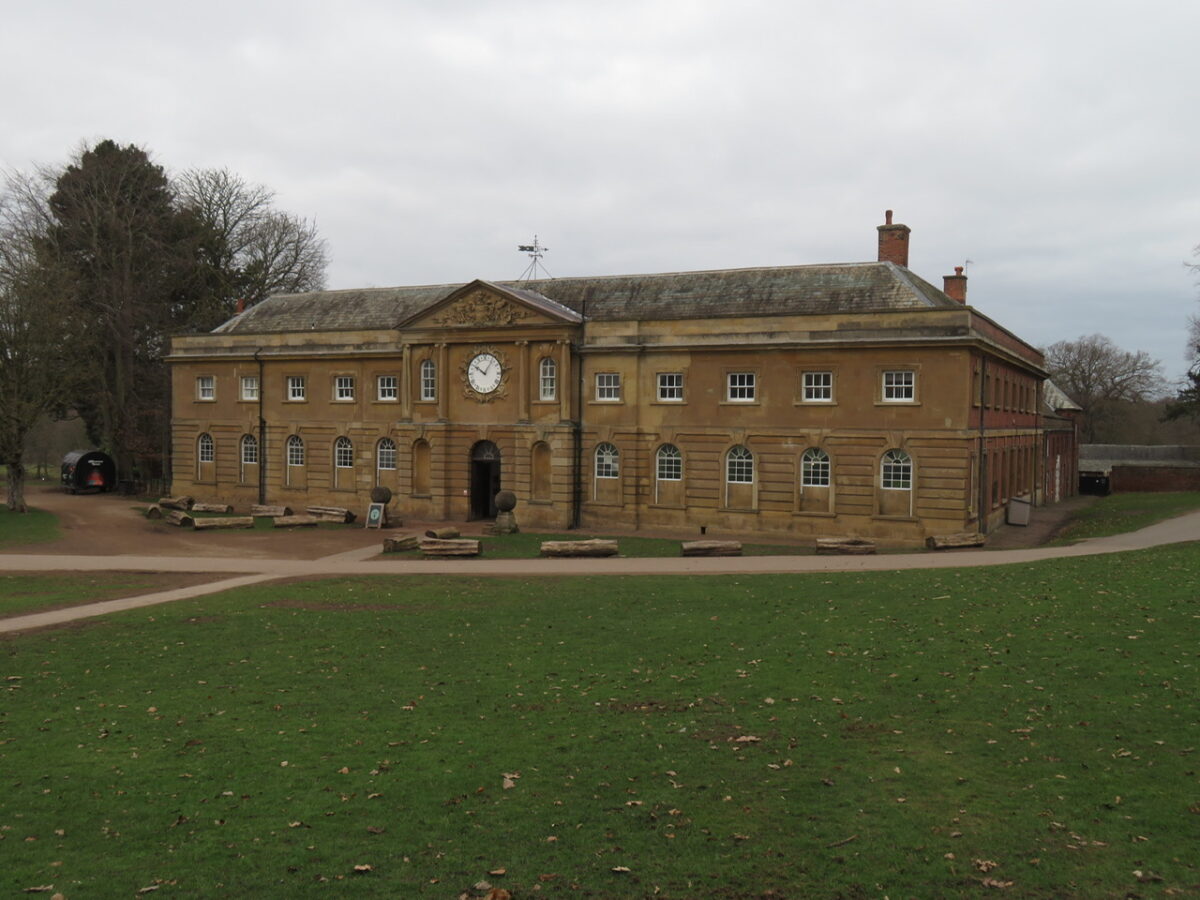The Stable Block in Wollaton Park is an 18th-century building located to the west of Wollaton Hall. While the Hall itself was built in the 1580s, construction on the Stable Block began much later, in 1743, with additions in 1774 and 1829.

Architecturally, it’s a Grade II listed building, featuring sandstone ashlar and red brick construction with gabled and hipped roofs of graduated Westmoreland slate and plain clay tile.
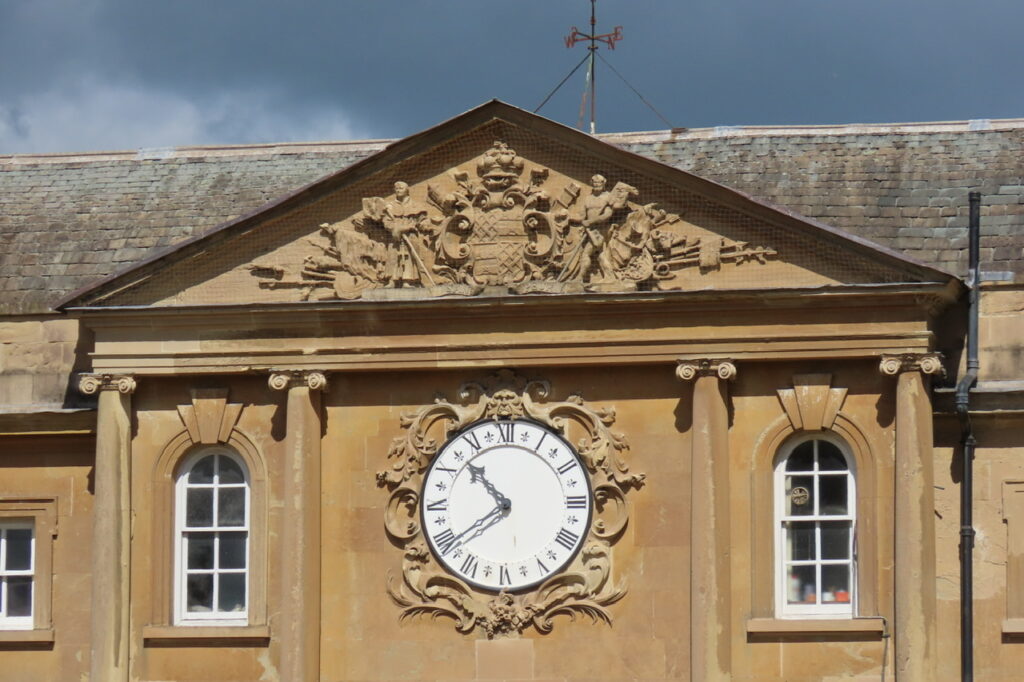
The south side of the Stable Block (where the cafe is today) was constructed in 1743. Around 1774, the north side was added, significantly expanding the complex by adding a bakehouse and dairy, brewhouse, laundry, dovecote, and accommodation for servants. This period saw the creation of the courtyards that still define the Stable Block’s layout today, as well as the enclosed space where the Botanic Garden is today.
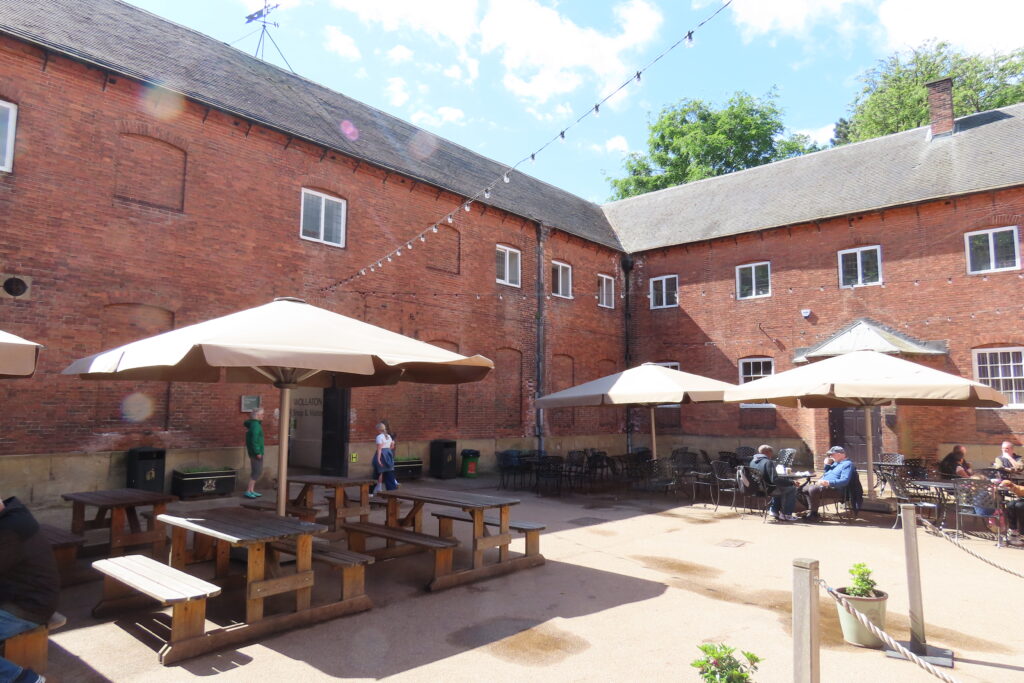
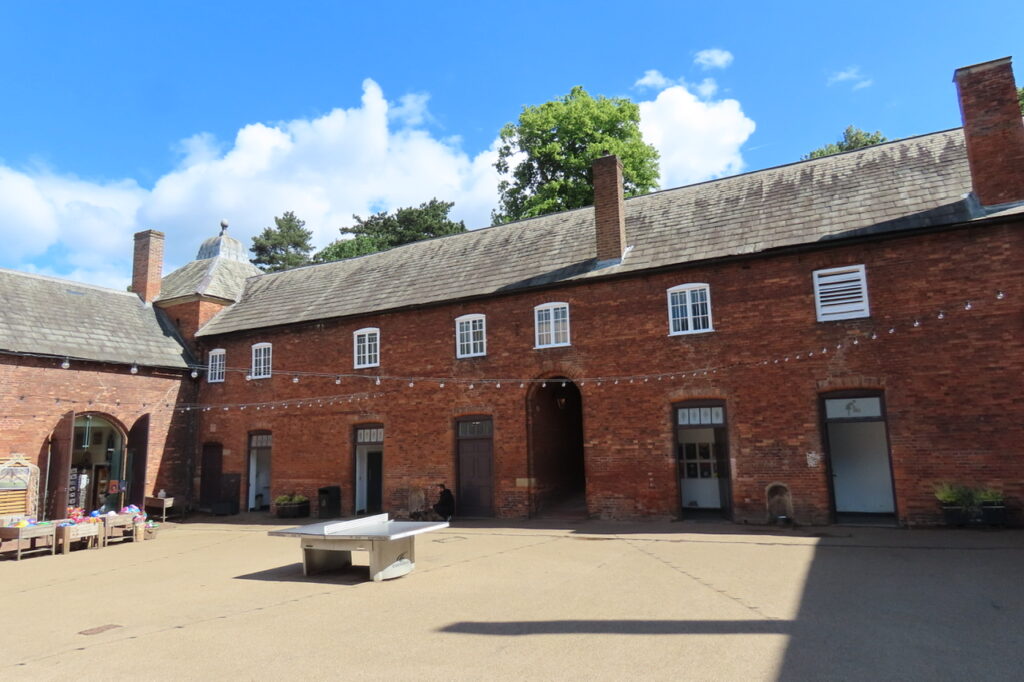
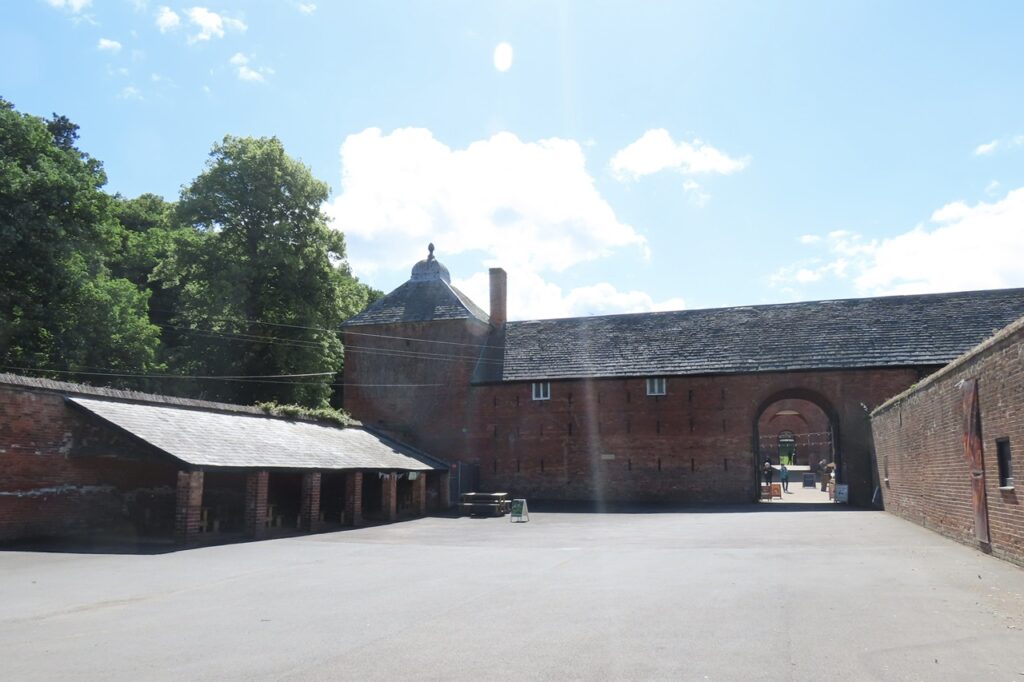
Around 1829, a single-storey Riding School was added together with other alterations (now the Industrial Museum). You might spot the wooden-cased lead water pump from this period adorned with a motto and a baronet’s figurehead.

Throughout the 20th century, the Stable Block continued to evolve. The Notts Combined Police Constabulary used the stables for their horses, leaving in 1980. Nottingham City Council repurposed the stable block ground floor buildings, creating two cafes, two shops, toilets and a wildlife gallery. The upper floor is used for offices and storage.
In 1972, the Steam Engine house was created as part of the Industrial Museum.


